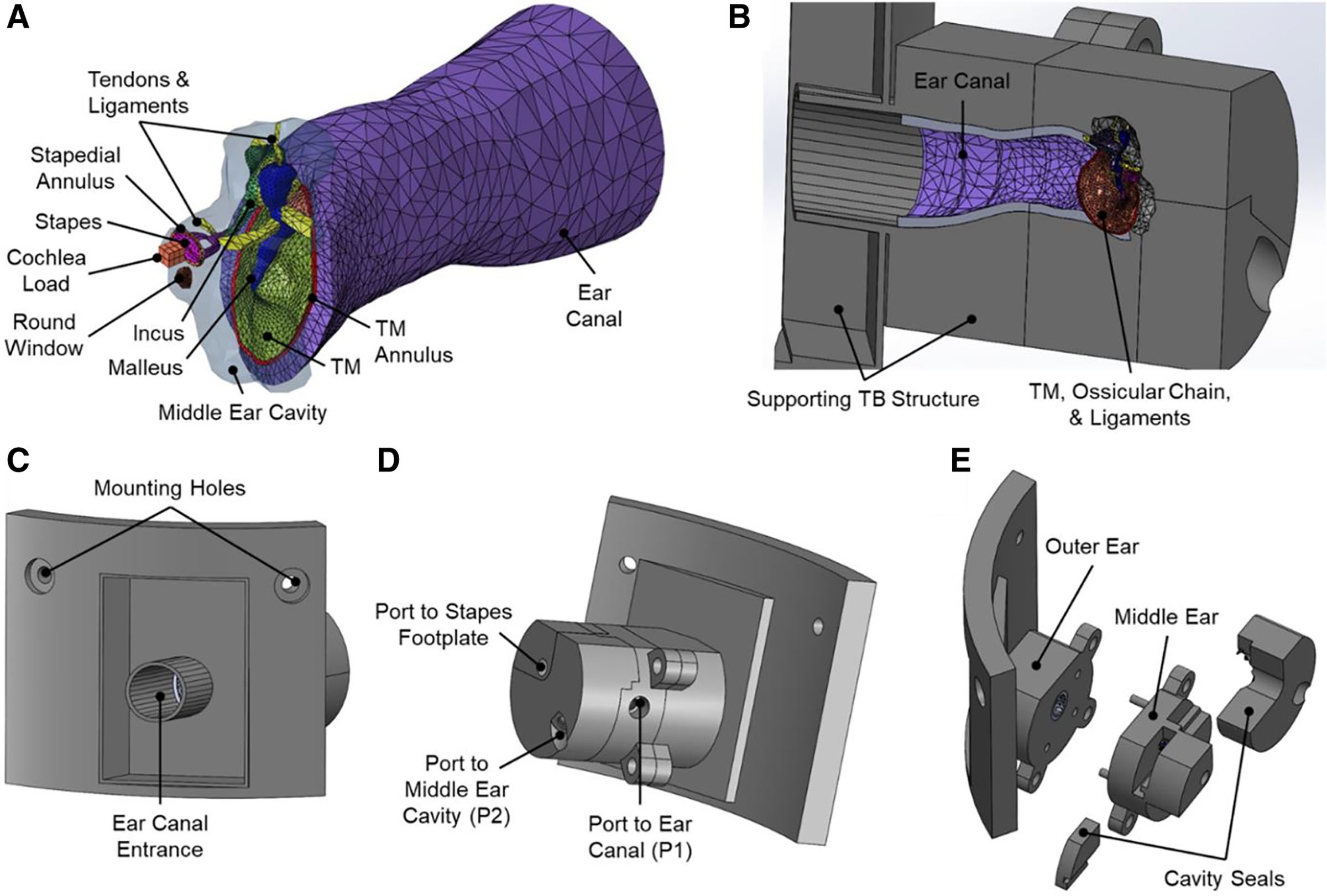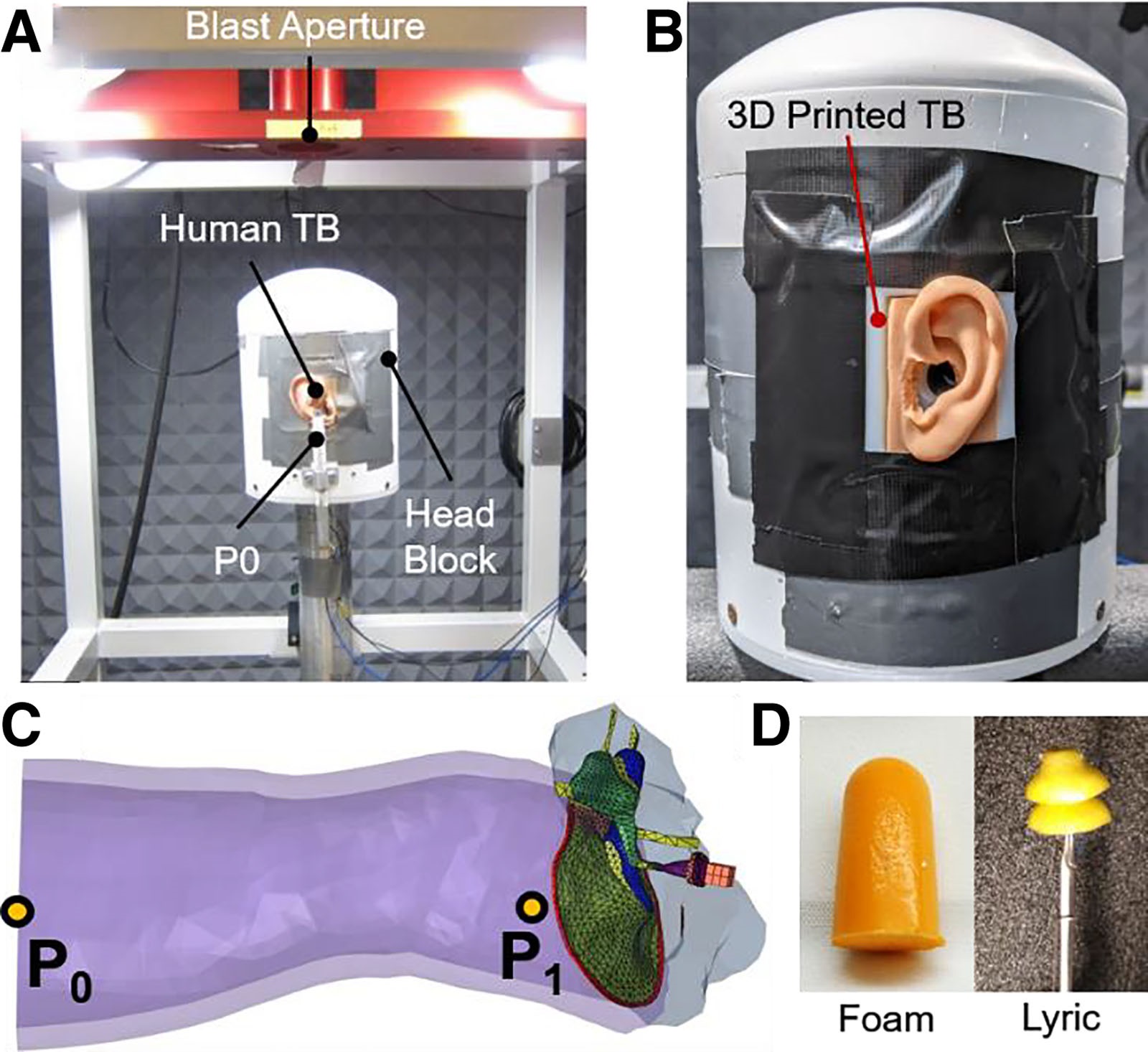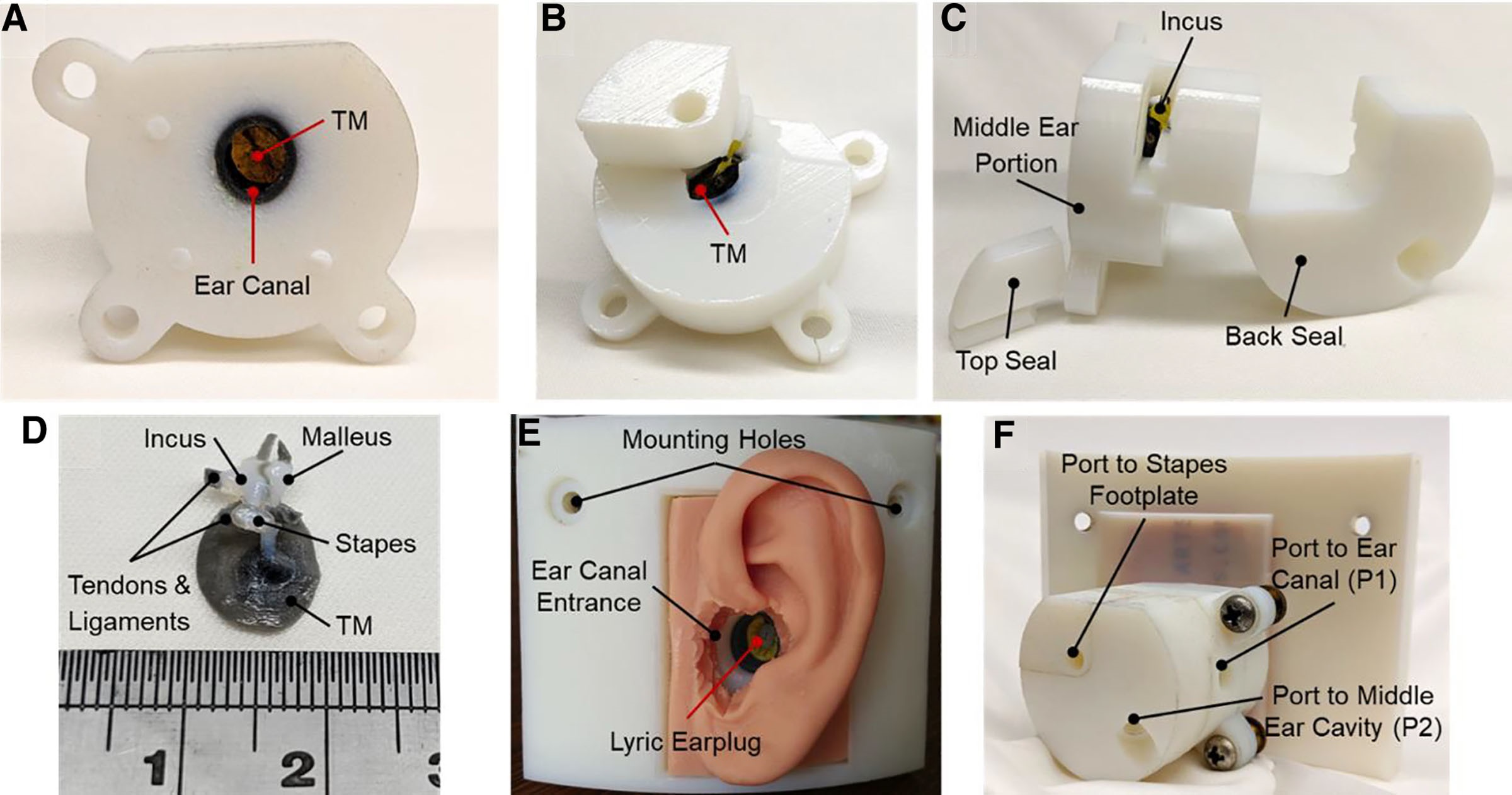A team of researchers from the University of Oklahoma have developed a 3D printed human ear model for standardizing blast exposure testing of hearing protection devices (HPDs).
According to the researchers, leveraging 3D printing technology could substantially improve the evaluation of HPDs through increased personalization, improved cost-effectiveness, and time efficiency.

The benefits of 3D printed models
Producing realistic and accurate representations of the morphology of the human body is vital in the teaching of anatomical knowledge, surgical preparation, and training opportunities, and this is where the benefits of 3D printing technologies can play a key role.
For some years now, 3D printing has been leveraged to produce precise, patient-specific 3D printed anatomical models with higher degrees of color fidelity that can save hours in surgical planning time. As 3D printing technologies mature, a growing number of 3D printing companies are gaining ISO certification and FDA clearance for their 3D printed models.
Point-of-care 3D printed anatomic modeling services are also becoming more popular, with the likes of Stratasys and Ricoh USA partnering to deliver 3D printed models to healthcare facilities, and Fast Radius and Axial3D offering a new ‘DICOM-to-Print’ service for hospitals across the US.

Improving HPDs
Within active combat situations, hearing loss can occur as a result of blast-related ear injuries like tympanic membrane (TM) ruptures. HPDs are required to prevent hearing loss while deployed in hazardous situations, and despite the fact that a variety of HPDs are extensively available, some troops believe that HPDs diminish situational awareness.
Advanced HPDs have been designed to improve perceived situational awareness and HPD compliance, however current research has revealed that further improvements to HPDs are still needed, alongside more trustworthy and efficient testing procedures.
The protective capabilities of various HPD earplugs when subjected to noise impulses or blasts have been studied using human cadaveric temporal bones (TBs) and a variety of computational and experimental methodologies. For their study, the Oklahoma team developed a 3D printed TB model which was built with flexible and hard polymers and contains a TM, ear canal, middle ear suspensory ligaments and muscle tendons, ossicular chain, and middle ear chamber.
The model is a mechanical and anatomical replica of the middle and outer ear within which HPDs can be measured and evaluated during blast exposure. Experiments were conducted to expose the 3D printed ear model to blasts both with and without HPDs. Pressures at the ear canal entrance and near the TM in the ear canal were recorded, after which the results were compared to cadaveric TBs for validation. The team also evaluated the model’s potential for use as an acoustic transmission model.
With a HPD in place, the attenuated peak pressure near the TM was as low as 0.92 psi with a blast peak pressure of 5.62 psi at the ear canal entry, while without a HPD, the pressure near the TM was 9.79 psi with a similar blast peak at the ear canal entrance. As a result, the study accurately evaluated passive HPDs’ protective function during blasts and demonstrated the efficacy of 3D printed models for the standardized testing of HPDs.
Further information on the study can be found in the paper titled: “A 3D printed human ear model for standardized testing of hearing protection devices to blast exposure,” published in the Otology & Neurotology Open journal. The study is co-authored by M. Brown, S. Jiang, and R. Gan.

3D printing custom hearing devices
Hearing aids are one of the paramount examples of how personalized medical devices have benefitted from the development of 3D printing.
In fact, researchers from the US Army Aeromedical Research Laboratory have previously used the technology to produce and test customizable earplugs for members of the US Armed Forces. This new technique for producing ear protection could be deployed in the future to prevent hearing loss among members of the armed forces.
Elsewhere, the likes of Materialise, EnvisionTEC, Formlabs, and Sonova have been 3D printing hearing aids and custom earpieces for years, with an estimated 99% of the world’s hearing aids now being custom-manufactured using additive manufacturing.
Subscribe to the 3D Printing Industry newsletter for the latest news in additive manufacturing. You can also stay connected by following us on Twitter and liking us on Facebook.
Looking for a career in additive manufacturing? Visit 3D Printing Jobs for a selection of roles in the industry.
Subscribe to our YouTube channel for the latest 3D printing video shorts, reviews, and webinar replays.
Featured image shows images of a finished print of the 3D printed TB’s unassembled middle ear portion. Image via Otology & Neurotology Open.


